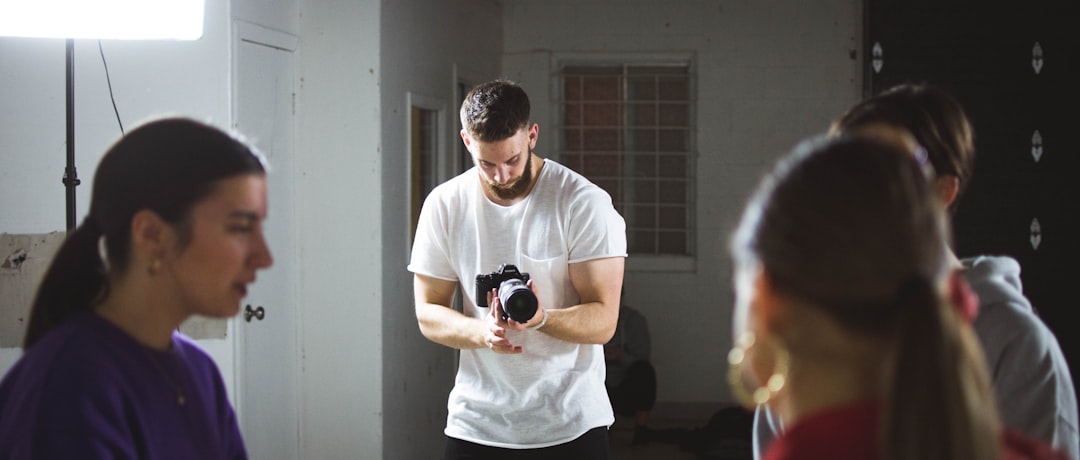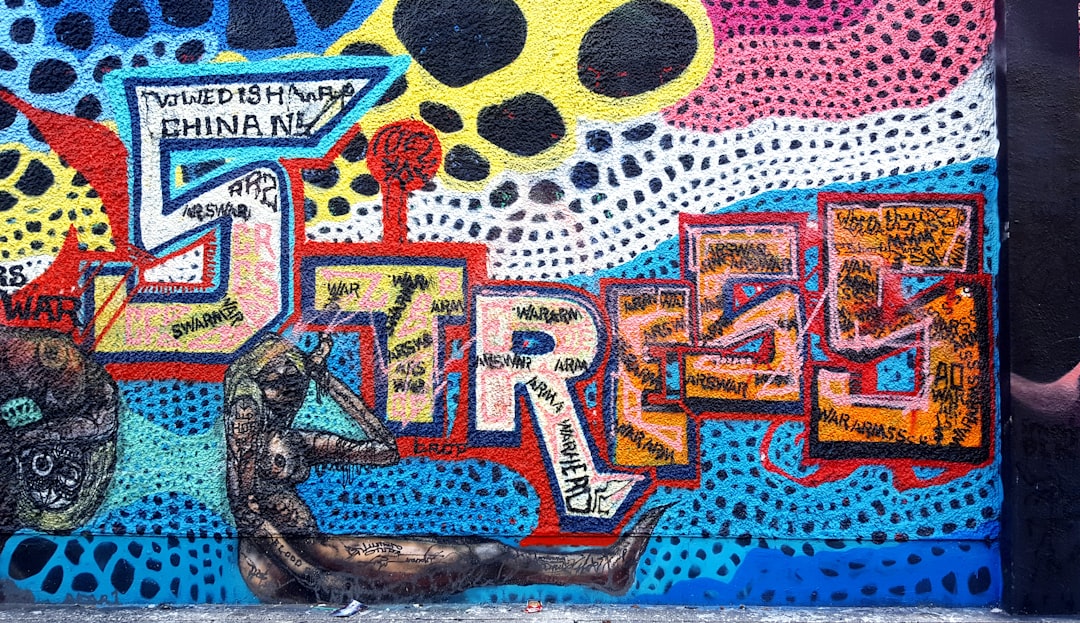What is it about?
It is about assessing what group members expect from the other people they are working with. Each group is given two tasks. One where the individuals are given some resources and can donate those resources to make something they couldn't make on their own and another where there is a communal pool of resources they have to manage. In both cases, cooperation is reduced (the community good is not created or the pool of resources is less well managed) when the following pattern of expectations occurs - the first group member things all the other people in the group will cooperate, the second group member thinks that all the other people in the group will be out for themselves, and the two other group members believe all the other group members are the same, but put the rate of cooperation somewhere in the middle.
Featured Image
Why is it important?
This research is important because it provides a way to understand why some groups naturally move toward effective community management whereas other groups move toward individualistic use of a resource. By understanding each group members expectations we can predict which way a group will move.
Perspectives
I really like the findings in this article as I think they could be useful to a wide number of people. I think it has lessons to teach those of us interested in resource use, applications of power and social influence, and many other places. It has also been an exercise in not giving up for me. It took eight years to get these findings published. I hope you find these results as interesting as I do.
Jared Ladbury
Minnesota State University Moorhead
Read the Original
This page is a summary of: How the Distribution of Member Expectations Influences Cooperation and Competition in Groups: A Social Relations Model Analysis of Social Dilemmas, Personality and Social Psychology Bulletin, May 2018, SAGE Publications,
DOI: 10.1177/0146167218771322.
You can read the full text:
Contributors
The following have contributed to this page










